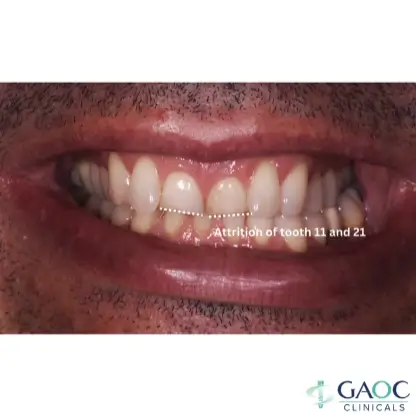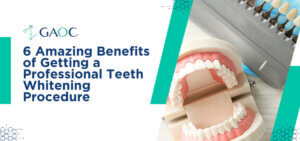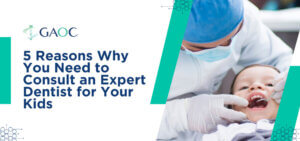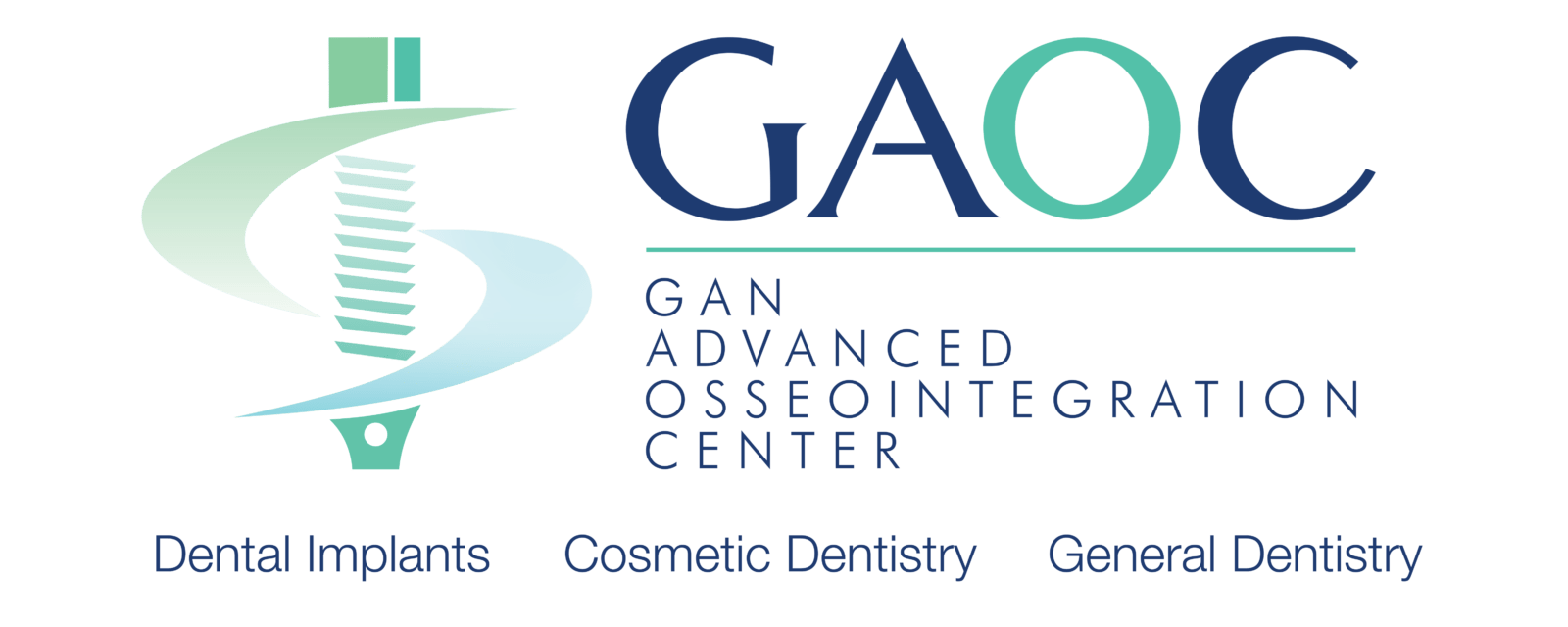There are a variety of conditions which require rehabilitation, one of which is severe attrition of teeth. Badly worn out teeth with loss of anterior guidance poses a big challenge in restoring the natural length and appearance of the teeth without compromising the other structures such as the temporomandibular joint. In cases like these, it is often necessary to restore both the upper and the lower teeth and position the incisal edges of the lower teeth to a more lingual incline. By moving the incisal edges lingually, the incisors can be lengthened to provide an overjet, the upper teeth can then curve down from the cingulum-centric spot, providing more length for the upper anterior teeth. Such adjustments can enhance both aesthetics and function. All abnormal muscle activities will be eliminated or reduced.
A 60-year old male patient reported with a chief complaint of worn down incisal edges of anterior teeth due to attrition. Patient is not happy about the gingival zenith of his anterior teeth and is concerned of the unaesthetic appearance of his smile due to the imbalance on the occlusal plane. Radiographic examination showed no abnormalities and the bone was generally normal. Treatment recommendations included minor orthodontic correction to tip the upper incisors labially to give way for final porcelain crowns and veneers.
A digital intraoral scan of the dentition was obtained in lieu of the conventional rubber impressions. The patient underwent a series of 10 pairs of aligners for orthodontic corrections prior to preparing the teeth for the final restorations.
The teeth were prepared for combinations of ceramic crowns and veneers in the maxilla and mandible. This allowed for maximum restoration of all worn down teeth and to improve the overall aesthetic that the patient wanted to achieve. This also helped in establishing a stable vertical dimension and occlusion.





